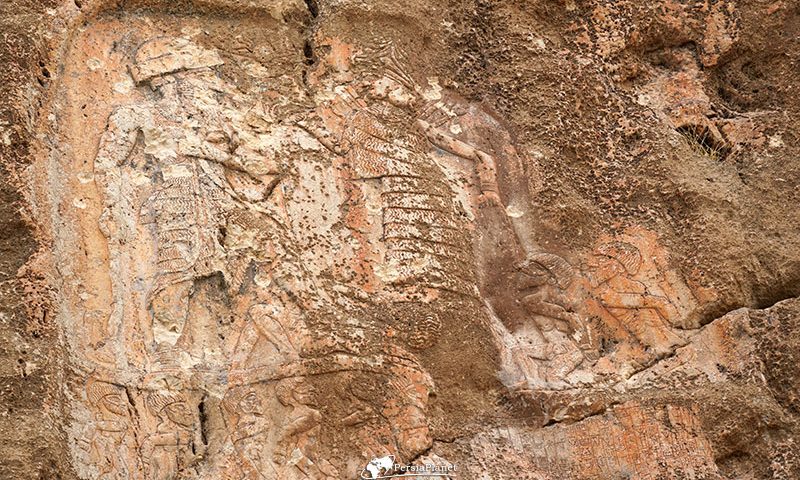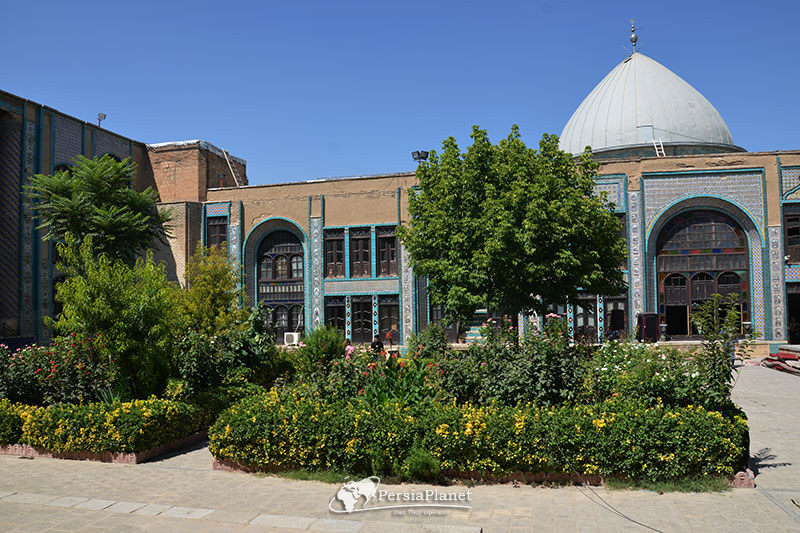Anubanini relief, Anobanini

Amjak cave
August 24, 2021
Gahar Lake
August 24, 2021Anubanini’s relief is the remnant of Anubanini, the king of the Lulubians. The “Lulubis” were from the Zagros and lived before the Aryans (Persia and Media) four thousand eight hundred years ago. Anubanini relief is located 120 km from Kermanshah in Sarpolzahab city and on a rock known as “Miankal”.
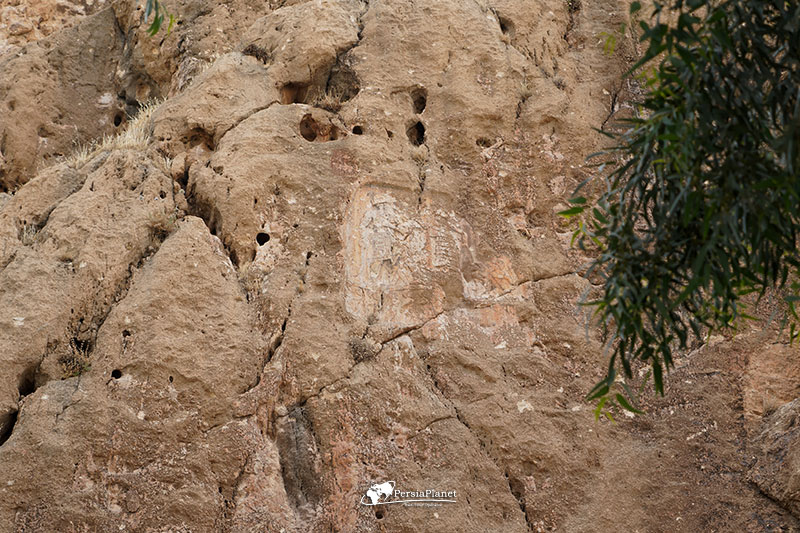
Due to the great similarity between the relief of Anubanini and the inscription of Biston, it can be prepared to be registered in the list of world sights as an appendix of Biston. This relief is one of the oldest reliefs in the country, which is at least two thousand years older than the inscription of Darius. This sight is located at a relatively high altitude (about 16 meters) and in an area out of reach. This is probably the most important reason for its survival for thousands of years. The war imposed in recent years has probably caused the most damage to this sight. Thirty percent of this sight has been damaged by the remnants of the Iraq-Iran war.
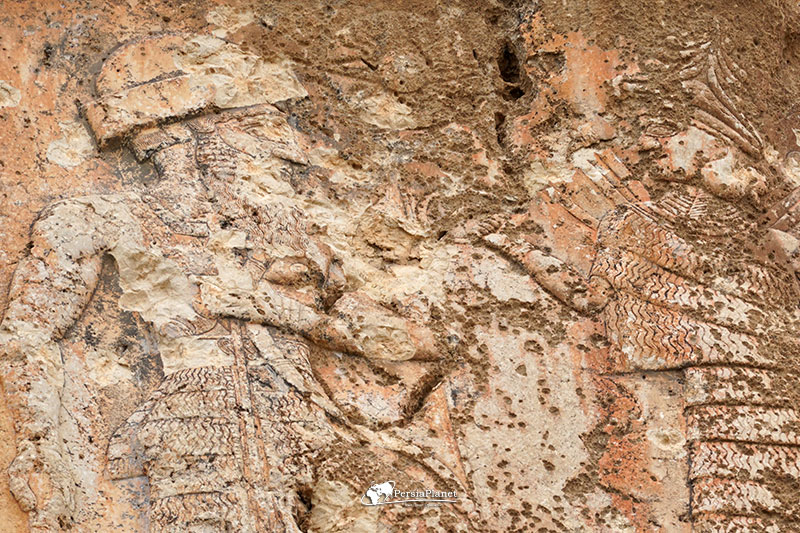
This relief depicts Anubanini, the goddess “Nini” and the 9 captives. The carved surface is divided into two parts at the top and left of “Anubanini” who puts his left foot on the captured chest. He has a bow and spear in his left hand on his chest and an ax in his right hand. The king is half naked and a skirt covers him from the waist to the knees. A belt with a special decoration keeps this skirt. Anubanini wears shoes. Beneath his left foot is a captive with a ring tied to his nose and right hand. The left thumb of the goddess Nini has passed through this ring. The goddess is standing in front of the king with a flat shirt (floor class) that does not cover her right shoulder and is holding a ring facing the king with her right hand. He also has a metal spear in his left hand. The spear passed through the noses of two prisoners behind him. All the captives are naked, and only one of them wears a hat. The haircut of this prisoner is different from other prisoners.
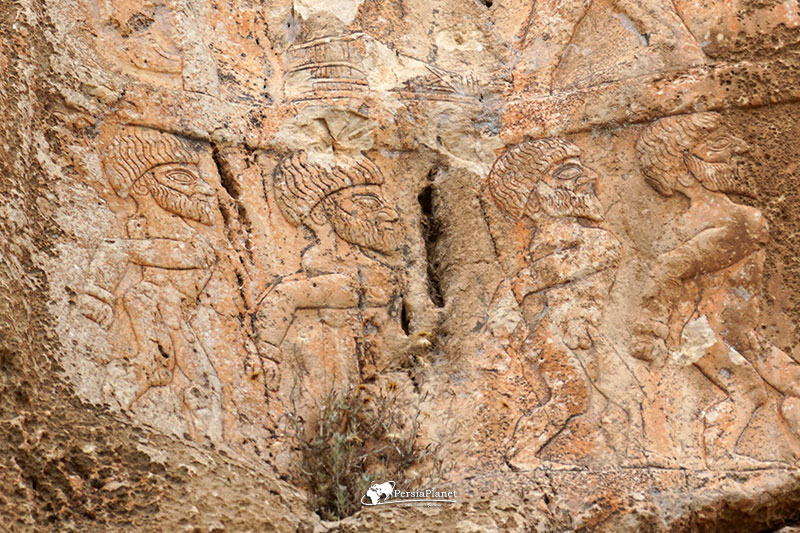
An inscription in Akkadian language is written below the goddess and the two captives behind her:
“Anubanini, the king of Lulubi, painted his image and the image of NiNi on Badir Mountain. “He is on the wind. Whoever erases this tablet will be cursed by Anu, Anonymous, Bell, Bilit, Raman, Ishtar, Sin and Shamsh, and his generation will be blown away.”
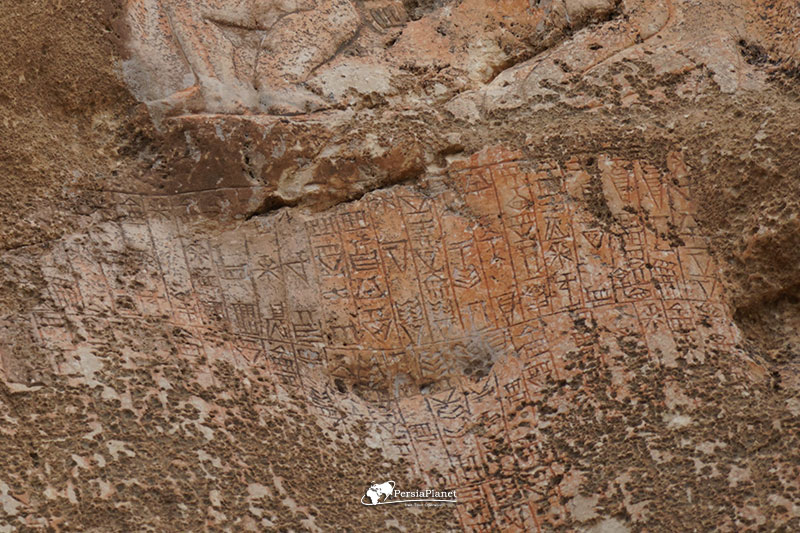
Because of the many similarities, many believe that Darius engraved the inscription of Biston on the heart of Mount Biston, inspired by Anubanini. Both roles are on an ancient communication highway. After passing Biston, this highway passes the Taq-e Gera, passes through the capital of Anubanini and joins Mesopotamia. Also in both roles are embodied the conquering kings and both have bows and arrows. The number of prisoners in both roles is 9. Of course, later the last Scythian king painted his image on the Biston inscription.
In both roles, the captives are shorter than the kings. Both kings have set foot on the chest of one of the captives. In both roles, the captives’ hands are tied behind their backs and the power of the kings depends on the attention and success of the gods. In both roles, the goddesses represent God, giving power to the kings.
In addition to the mentioned role, on the left side of the river, on another mountain at a distance of about 100 meters, there is another role, which, of course, due to unfavorable weather conditions, its prominence is largely lost and in special lighting conditions and with great accuracy can be Sight. This role is also at a height and in an impassable point. In this role, the image of two people is seen. The person on the left shows a man with the characteristics of Anubanini standing and in profile. He has a felt hat on his head, a short suit on his body, a weapon in his right hand and a bow in his left hand, and he has placed his left foot on the captive chest. In front of him, the Lord of Kinds has been sculpted standing up. This goddess also wears a big hat on her head and a shirt up to her ankles. He is bestowing a royal ring on the person in front of him. Between these two characters, a circle is engraved in which a four-pointed star can be seen.
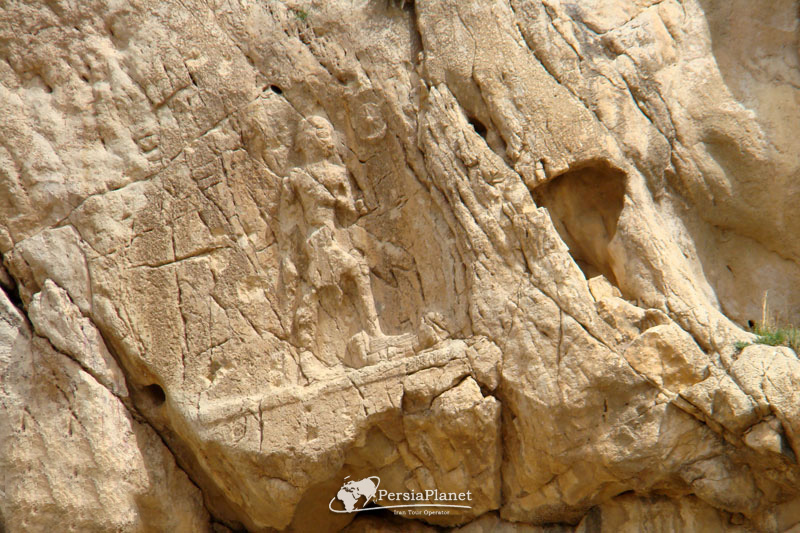
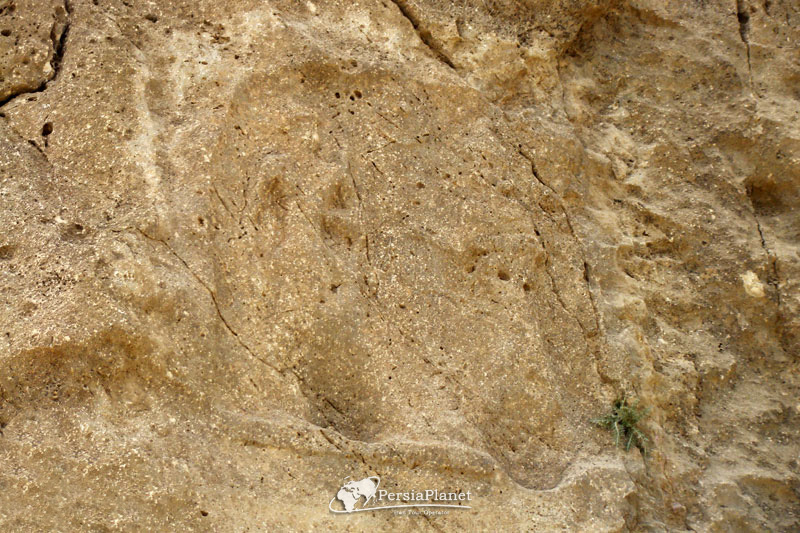
Below the relief of Anubanini, the relief of one of the Parthian rulers on horseback can be seen. The Parthian king is sculpted with a half-faced body and a full-faced face. He is wearing a woolen hat and its long corners are on his shoulders. His shirt is short – up to the thigh – and his pants are wide. The rider grabs the horse by the right hand. In front of him, a man of the elders is standing, carving flowers to the king. In the left corner of this role, an inscription in Pahlavi script is written with this theme: “This is the body of the great Goodarz Shah, son of Gio”.
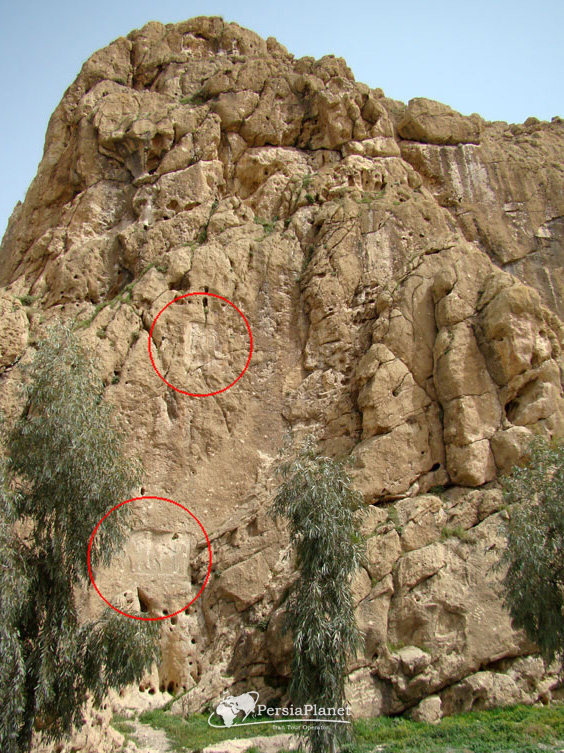
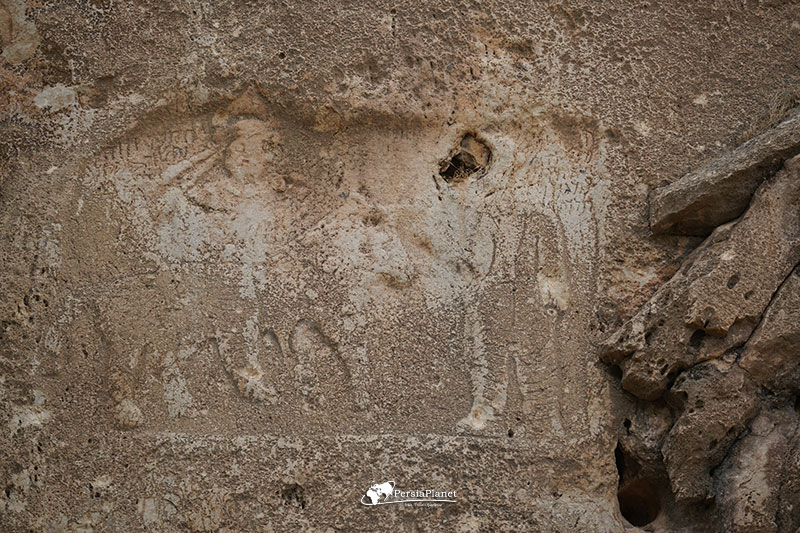
Visiting time of Anubanini
Anubanini inscription does not have a guard and ticket sales. For this reason, its entrance is normally open and viewable. However, it is better to follow the common rule for other tourist sights.
Visiting hours: the first six months of the year from 8:30 AM to 7:30 PM and the second half of the year from 8:30 AM to 5 PM
Holidays: Tasua and Ashura mourning days, the death of Hazrat Mohammad, Imam Reza, Hazrat Fatemeh and June 4 and 5
Religious holidays are based on the Arabic calendar and change every year according to the normal calendar.
The best time to visit Anubanini
The city of Sarpol-e Zahab is located in the tropical region of Iran. For this reason, this city has hot weather during the summer, and it is better not to choose this season to visit it. The best time to visit the city of Sarpol-e Zahab and Anobanini inscription is from March to May and autumn.
Mehdi Gholami.

